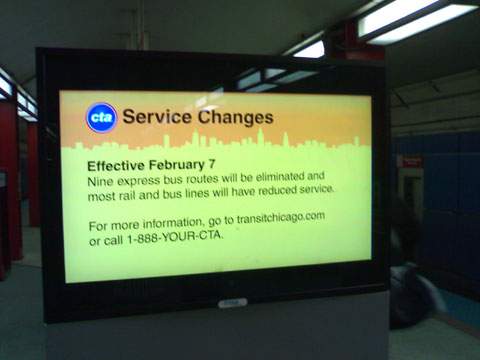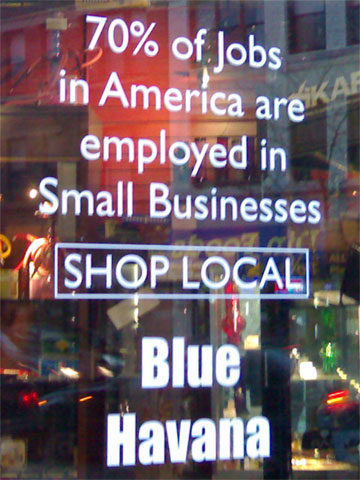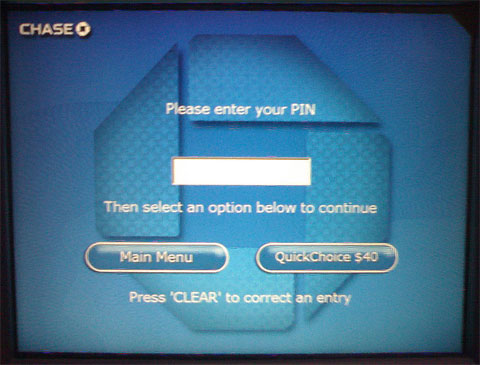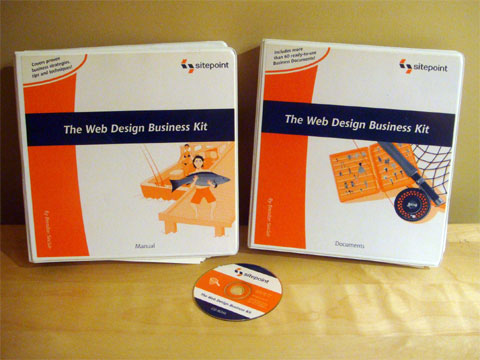High-Tech Delivery Can Overshadow Message
Marshall McLuhan is famous for the quote, “the medium is the message.” My short definition of the meaning of this quote is that it isn’t necessarily what is being said, but how it is said. I thought of McLuhan on a recent ride on Chicago’s Red Line subway, where I saw the following notice.

The notice reads of upcoming route cuts on Chicago’s CTA system. What it doesn’t say is why, and not saying it is not at issue as it has been widely reported in the media and blogs around the Windy City of the CTA’s budget “issues” and the need to cut service to balance its budget.
As I read this notice, the words were not as important as what I was looking at. The notice is displayed on an HDTV encased in a protective kiosk to ideally prevent it from damage and vandalism. The cost of such a display unit was adding up in my head along with other budget numbers I have read in the previously-mentioned stories. In the end I did not see a notice of services changes, rather an expensive display device.
The irony in this thinking is it came from me, a career high-tech professional and Web consultant. I have discussed such display units with clients. However this is not the only example of using technology that in the end has bothered me. A few weeks back I received an onslaught of phone calls for the eventual winner of the Massachusetts U.S. Senate race, Scott Brown, on my Chicago 312 area-coded business line! Somehow my number was derived from some computer-processed algorithm which followed me, who used to live in the Bay State, to the Land of Lincoln. Months prior to this I received letters form now-defunct GM brand Saturn to my Chicago home thanking me for my loyalty to them. I bought a Saturn in 2003 and dumped it in 2000 (with emphasis on the word "dumped"), yet they were still able to find me.
All in all, no message will resonate with everyone it is presented to. But as we progress into more tech-driven message delivery, we should be cognizant of the sincerity of this message, which can be compromised using modern, inexpensive means. Surely a hand-written note from the CTA, Scott Brown or Saturn would have been perceived by me to be the same as the automated message. Before pressing the send button or making that buying decision, think about if you have to justify the medium as well as the message.
Did you enjoy reading this? You are welcome to subscribe to The Hot Iron by RSS feed or by email.
Selling The Web Design Business Kit from SitePoint on eBay
It has served me well, and now it’s time for it to be in the hands of a start-up Web design and development business. I am talking about The Web Design Business Kit from SitePoint, which I have just posted for sale by auction on eBay. Below is a photo of the 2 binders and CD-ROM which make up the Kit.
The Kit consists of processes and procedures for owning and operating a Web design and development business. It is a step-by-step process that takes you through the business process of building a Web site and is supported by documentation and files in Excel and Word you can use right away in your business. Note the files are in Australian MS format but can easily adapted to US format. I purchased the Kit brand new a few years ago and learned quite a bit from it. The version 2.0 of this sells for almost $250.00. The content in the Kit is timeless.
Did you enjoy reading this? You are welcome to subscribe to The Hot Iron by RSS feed or by email.
An Employment Number You Cannot Deny
Everyday there are new figures being reported on unemployment in the US. Whether it’s the number of jobs lost, jobs created, jobs saved, people who have stopped looking for jobs… it has almost gotten to the point where people are numb to those numbers. They almost don’t have any meaning – if you have a job, great, but if not, then the only number you are concerned with is the number one.
When I was opening the door of Blue Havana the other day - a great cigar shop in Chicago, I saw new lettering on the front door, and below is a picture of it.

The message reads, “70% of Jobs in America are employed in Small Businesses. Shop Local. Blue Havana.”
Maybe I am biased, as my Web consulting business Dunkirk Systems, LLC is a small business, by saying this number cannot be denied. Certainly small business employment figures are talked about quite a bit – but that is usually during political campaign speeches, and it is never heard again once the candidate is elected. While I was in there, the proprietor came by and thanked myself and my party for coming in that day and for supporting his business.
Many businesses thank you for doing business with them, but how much do they really mean it? I try to ‘return the favor” and shop local as much as I can, just as many of my clients are small businesses themselves. I am not saying big business is bad, rather I am saying small business is good!
Did you enjoy reading this? You are welcome to subscribe to The Hot Iron by RSS feed or by email.
Think Of Your Logo In Other Formats
 As businesses start-up today, they often think of a logo to aid in their branding. Most companies in 2010 are not publishing paper-based materials, thus they usually only think of their logo to be used on their Web site, or secondarily on a business card. And that’s it. However, even though you may only initially intend on using it in certain ways, taking into consideration all possible uses for a logo up-front can save time and hassle in the future should other needs arise.
As businesses start-up today, they often think of a logo to aid in their branding. Most companies in 2010 are not publishing paper-based materials, thus they usually only think of their logo to be used on their Web site, or secondarily on a business card. And that’s it. However, even though you may only initially intend on using it in certain ways, taking into consideration all possible uses for a logo up-front can save time and hassle in the future should other needs arise.
Here’s a few logo uses you should consider.
Black and White - As most people don’t choose a bland and white logo, it most likely be will be represented in some form in black and white. From photo copies to simply saving money on color ink to print in black and white, take into consideration shades of gray when your logo is designed.
Fax - When you fax a document, shades of gray disappear. Having your logo designed to look good on a faxed piece of paper. Test it if you're not completely certain.
Embroidered - When a logo is embroidered onto clothing or other fabric items, sometimes compromises must be made. The intricate details of some logos may not be able to be stitched in the same detail. Also, there may be additional charges for each color of thread that may make your golf shirt prices much higher than expected.
Full-Color Printing - In this world of digital everything, offset printing is still alive and well. Where printing in full-color should be easily be able to accurately represent your logo, it may cost you more for additional colors or colors which require special colors outside of the normal color palate.
Icon - If you want to use your logo as an icon, there are various formats to consider. The favicon which appears in a browser’s address bar is only 16 by 16 pixels. The icon on a mobile device like the iPhone is larger, but still small in comparison to how large it may be on your Web site. As well for mobile apps, you want to ensure the icon itself is compelling so uses will identify with it and use it.
Where you may not be able to anticipate every use of your logo, by knowing ahead of time the most common ones, you should be in good shape to leverage it across all formats.
Did you enjoy reading this? You are welcome to subscribe to The Hot Iron by RSS feed or by email.
When Navigation Is Not Necessary
The term navigation relates to getting from one place to another. With roots in sailing, it has been applied in other means of travel – like in driving – as well as other means of finding something – like in Web sites. The navigation of a Web site or computer application can mean both the links that guide a user to get to different areas of a Web site or the process of using such navigation.
Over time, navigation has gotten more and more complicated as features and functionality is added. Sometimes we feel like we should be donning a ship captain’s uniform to find what we want to do! There are ways around this. Providing a search function can allow a user to bypass traditional Web or application navigation to get directly to the content. Placing the most commonly used functions up-front is another way to get people quickly to what they want. By knowing your users and what they want most often, you can make such improvements to get people in and out of your computers quickly.
Then there is the option of removing navigation altogether of a user wants to use a key function. A great example of this is what I now use quite often with Chase Bank ATMs. As you can see from the picture of the PIN entry screen of the ATM, you can choose to login and go to the main menu, or bypass it altogether and withdraw a preset amount of case from the ATM. Where the process of a “fast cash” option is nothing new (I recall using it at BayBank back in the 80’s), here a second button allows you to login, get the amount you set previously (and is conveniently displayed for you) and get out. All this, without seeing any menus.

More than likely Chase looked at how people use their ATMs and made this determination. In Web sites or application, look at the usage analytics and determine the most-used features. If you’re not tracking analytics, do it now! Your applications can tell you more about what people want to know about you or buy from you, they can tell you about the people who are doing so.
Did you enjoy reading this? You are welcome to subscribe to The Hot Iron by RSS feed or by email.


